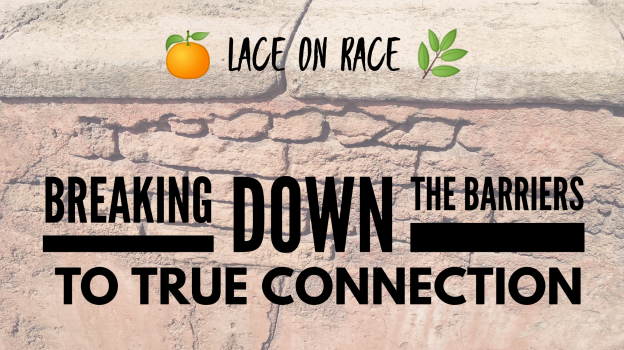What is hope? I’ve always thought of hope as an expectation or anticipation of something (something good) that I know will come to fruition.
But hope is so much bigger or broader than that, and not nearly always wrapped up in a neat and pretty bow. Hopes can be dashed or stolen. Hopes are often misguided.
I had the opportunity recently to have my hopes and expectations around a certain friendship challenged. I had understood this particular friendship to be especially deep; something akin to family (in a good way). And I got comfortable in what it seemed we had built; and I formed expectations around both resilience and reliability. And then we hit some pain points as our paths diverged in some significant ways. I knew that I had allowed distance to grow and while there was a part of me that did not want to do the relational work necessary to stay in this friendship, I felt it was a part of my praxis to do so. So I went to her with a plan to have a hard conversation about how to stay in the car together. To my surprise, she too came with a plan for a hard conversation. But her plan was different than mine. Her plan was to pull back from one another and to set some conditions around what we could talk about, and where we could find common ground.
And it rocked me to my core to realize that this relationship was not the steady, reliable promise I had imagined it to be (even though I too had participated in the aforementioned distancing). As I’ve taken some time to process this, and specifically the conditions that were set around our conversation, I’ve been reminded of a post Lace wrote a while back about boundaries. What do we mean by boundaries, but more importantly, how do we often use boundaries, not in service to our health as we may claim, but rather in service to our comfort? And how do we use boundaries in ways that prevent real relationship from taking place?
It feels strange to be talking about boundaries in a conversation about hope but I guess in this context I’m thinking of the boundaries that we erect as walls and the way that those walls stand in the way of true connection.
I look at what I have been willing to give of myself in this community. On the surface, some days I appear to be giving the very best of myself here ~ at least when I look at what I was taught was valuable and important. I am giving my competence, my work ethic, my time, my resources. But how often have I held back from giving the very thing Lace asks me to give? Myself. My vulnerable and real self. To be honest about my fears, my power moves, my priorities and my privilege, my questions (still containing the slosh of my bucket though – Lace does not ask me for unbridled self expression). To be willing to make mistakes in public and to learn IN PUBLIC and to initiate and work through the repair-ING process for as long as it takes. These are all necessary aspects of genuine connection – but even as I’m writing this, I can see how comfortable I’ve become with my walls. Oh, I have walls of varying heights. Some are more like a curb at this point, but the foundations of my walls remain, always ready to be built back up.
So back to my hopes…. For 2021 and beyond, my hope for me and my hope for this space are similar. I hope for true connection (and for myself, that hope contains room for a plan). I hope for and look forward to watching those connections grow. My hope is not like a wish ~ unlikely to come to fruition. My hope has anticipation built in, because like my walls, a foundation for this communal abiding already exists. Lace has built up a foundation for us using the tools of relational ethics. She has laid out a road map for the beginnings of this work and is ready to take us deeper. I’m eagerly anticipating the opening of the Lace on Race Café and the growth and connection that will flourish there ~ always in service to the North Star.
My hope is for connection. I hope that for you too! ❤️

Leave a Reply